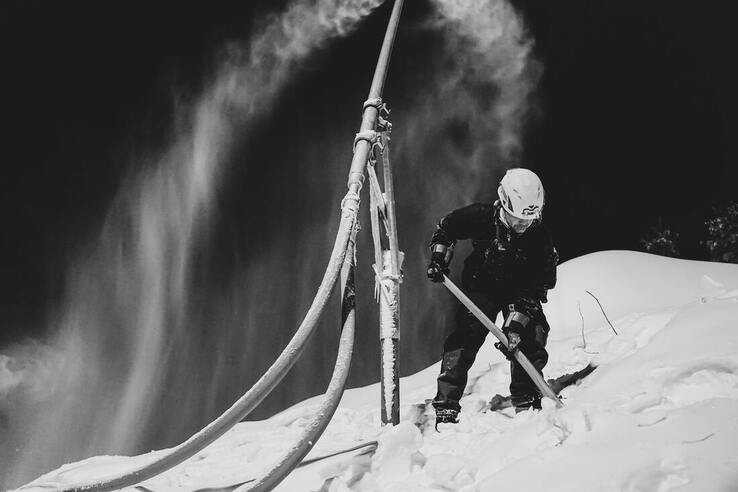|
As the temperature drops and rain turns to snow, the risk of Cold Stress can become increasingly dangerous for workers exposed to the elements. Cold Stress is a condition that occurs when the body can no longer maintain its normal temperature and begins to drop. This drop can cause tissue damage to the skin and potentially death if the body cannot retain heat. In this blog we will examine the factors of Cold Stress, the two main types of Cold Stress, and how to spot the symptoms.
Factors of Cold Stress While many people believe temperature is the main factor of Cold Stress, there are many others that affect the body in worse ways. These factors include:
Types of Cold Stress The two main types of Cold Stress are Frostbite and Hypothermia. Frostbite is a skin condition that develops when the skin and underlying tissues freeze causing a serious rash. If not treated, the rash can cause the skin cells to die resulting in the affected area turning black. Hypothermia is a serious medical condition when your body cannot produce heat, causing your body to decrease in temperature and begin to shut down. If medical attention is not sought quickly, organ failure or death can occur. When working outdoors, the typical symptoms to monitor include:
Cold Stress is one of the biggest safety concerns while working outdoors. Before you begin a long shift outside, make sure you know and understand the weather, your health, and how to spot the symptoms to keep yourself and others safe. To keep the conversation going, download the Cold Stress Toolbox Talk (TBT) or comment below.
0 Comments
Your comment will be posted after it is approved.
Leave a Reply. |
AuthorSTAC Admin Categories
All
Archives
July 2024
|


 RSS Feed
RSS Feed